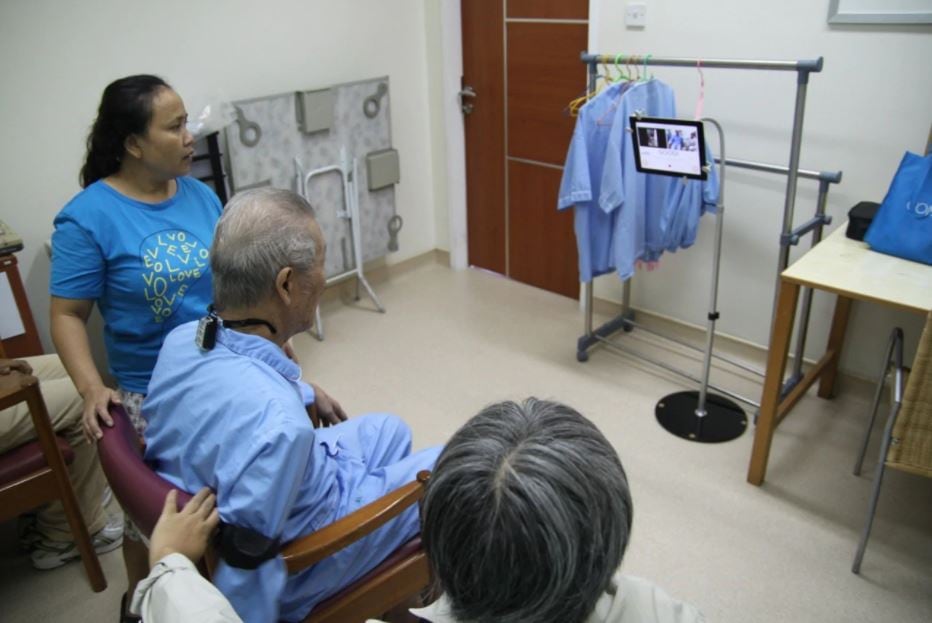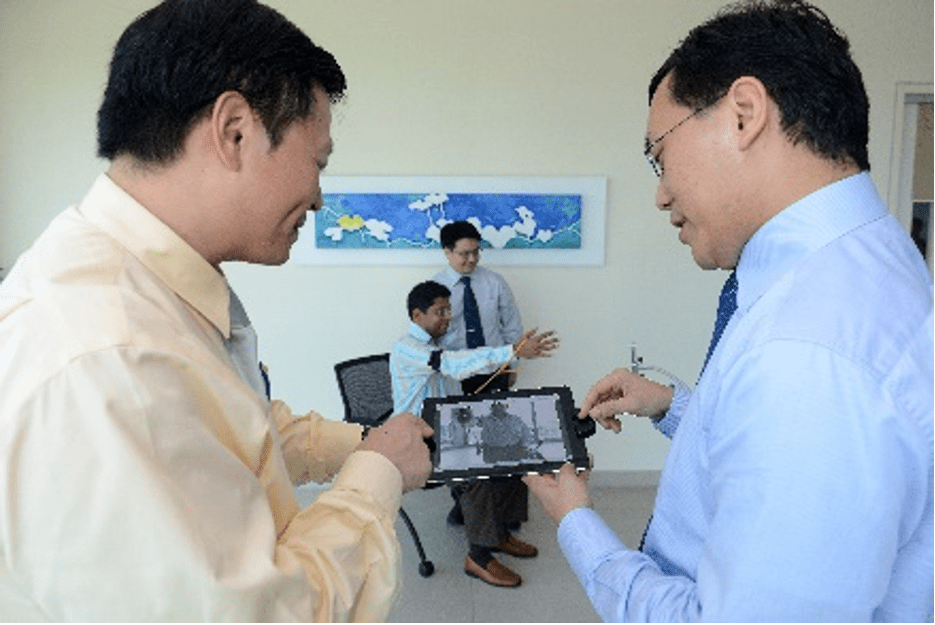When Rehab Therapy is Just a Tap Away
09 Feb 2018Dr Gerald Koh had known for a while that most patients do not follow up with their rehabilitation appointments. Findings from two studies he conducted showed that patients were not attending rehab due to various factors. Some were so weak they could not make it to the rehab centre on their own, while others felt the cost of therapy, which ranges from $50 to $300, was too high.

It bugged Dr Koh that patients were giving up their chance to get better – and in some cases, to walk again. “When patients don’t come back for rehab, they don’t recover as well as they should. They miss the window of opportunity – the magic period – to reach the full potential of their recovery,” said the Associate Professor and Director of Medical Undergraduate Education at the Saw Swee Hock School of Public Health.
To solve the problem, he and his team devised a tele-rehabilitation system named Smart Health TeleRehab, which allows patients to have rehab sessions remotely. It comes with a mobile app and wearable sensors that work on tablet devices.

Temasek Foundation, which supports research in learning and pedagogy, palliative care, food supply resiliency and biomimetics, funded the initial phase of the project under its Singapore Millennium Foundation Research Grant Programme
Here’s how the app works: through video demonstrations, it shows the patient how to do the exercises. The app records the patient’s movements while the wearable sensors track if the exercises are done correctly. The therapist can check on the patient’s progress through the app and adjust the difficulty levels and repetitions of the exercises. Patient and therapist are also able to communicate via the app’s video conferencing function.
Such a system allows patients to go through physiotherapy in the comfort of their own home at any time of the day, which boosts patients’ participation rates for rehabilitative therapy, Dr Koh said.
The solution, which costs $100 a week before subsidies, is now being piloted at 14 healthcare institutions and providers, including Changi General Hospital and Touch Home Care. A total of 1,000 patients are expected to benefit from the pilot by end-2018.
But Dr Koh’s job is not done. He has set his sights on adapting the technology to other forms of healthcare. “We can use the system for a whole breadth of conditions, not just for rehab. How about tele-wound care, where patients learn how to take better care of their wounds at home? Or tele-home assessment, where the caregiver takes videos of the home and a doctor can assess remotely if the environment is safe for the patient?” he said.
“It is all about changing mindsets. There is so much more we can do with this system. Tele-rehab is just the first step.”
This story was first published on www.temasek.com.sg.